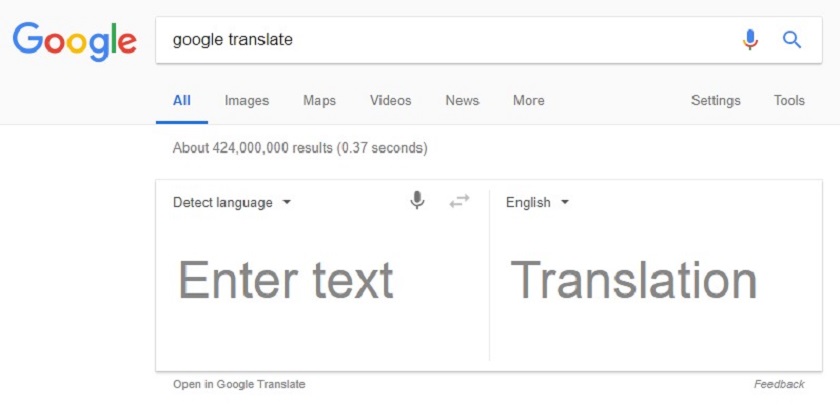
The ALA-LC (American Library Association - Library of Congress) standards are commonly used in US libraries, and the relevant conventions for library cataloging are described at These standards run roughly eighteen pages in length, about half of which are devoted to rules and examples of where to put spaces and where not in the combination/separation of syllables and words. Unfortunately, the formatting of pinyin – and specifically the question of where to break words – is not standardized. Finally there is an interesting site called which has a variety of references and other information about the use of Pinyin. The US Library of Congress also has a good site, including comparison to Wade-Giles, for its New Chinese Romanization Guidelines. The basic details are documented on Wikipedia’s Pinyin site. This replaced the earlier widespread Wade-Giles system of transcription – thus “Peking” became “Beijing,” and so forth.

Pinyin is the international standard for the phonetic transcription of Chinese using roman script. The only transliteration done is the contemporary conversion in the PRC of complex Chinese characters to a simplified form of characters, which could be said to have a relationship of “transliteration” to the traditional complex characters still used in Taiwan. As such, it is not possible to transliterate the orthography in other languages, and instead transcription of the sound is the common practice.

The Transliteration and Transcription of ChineseĬontributors: David Germano, Ellen McGillĬhinese is traditionally written in complex characters.

THL Toolbox > Fonts & Related Issues > Tibetan Scripts, Fonts & Related Issues > Transliteration & Transcription Schemes > Chinese Characters Transliteration and Transcription


 0 kommentar(er)
0 kommentar(er)
